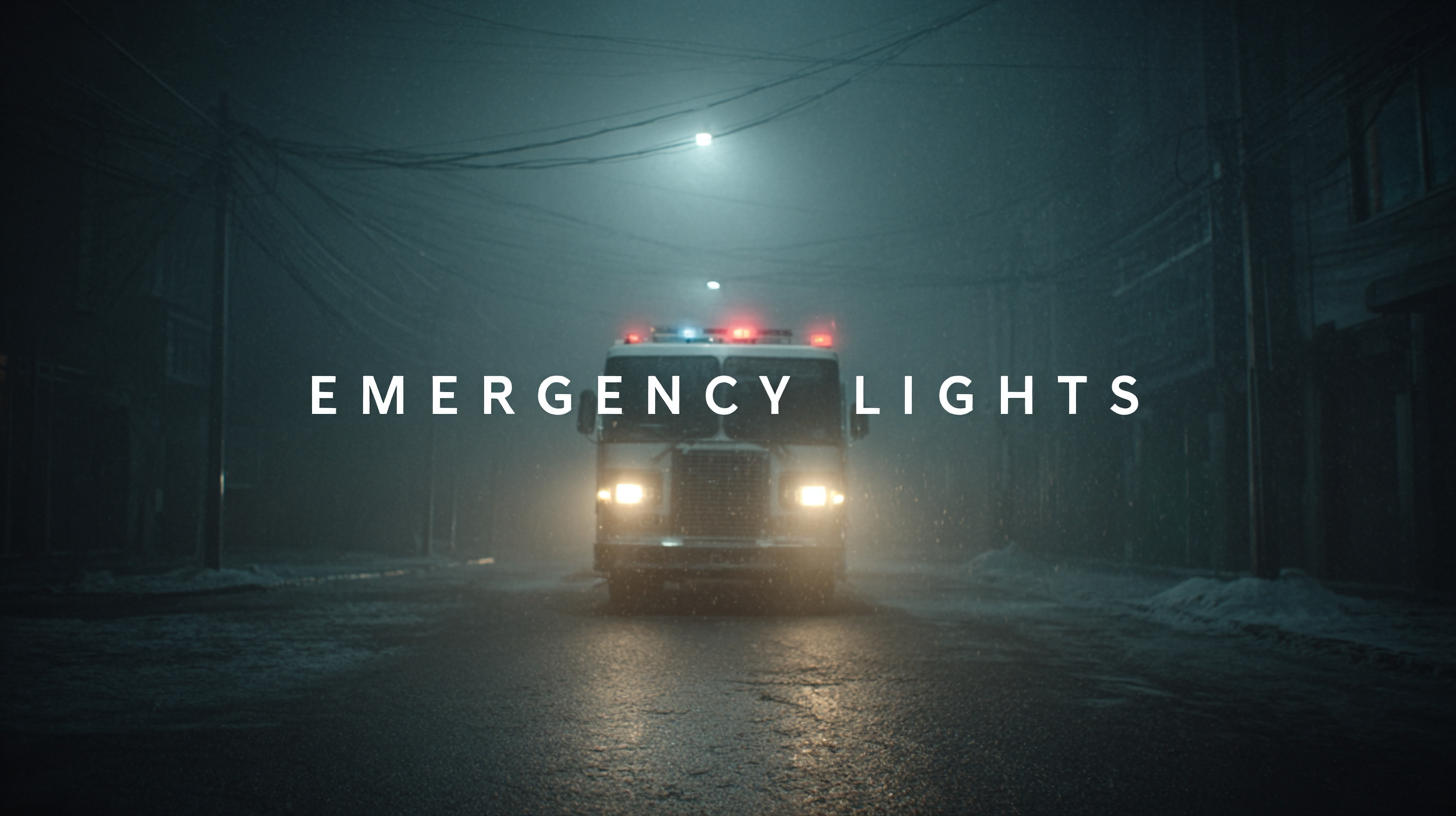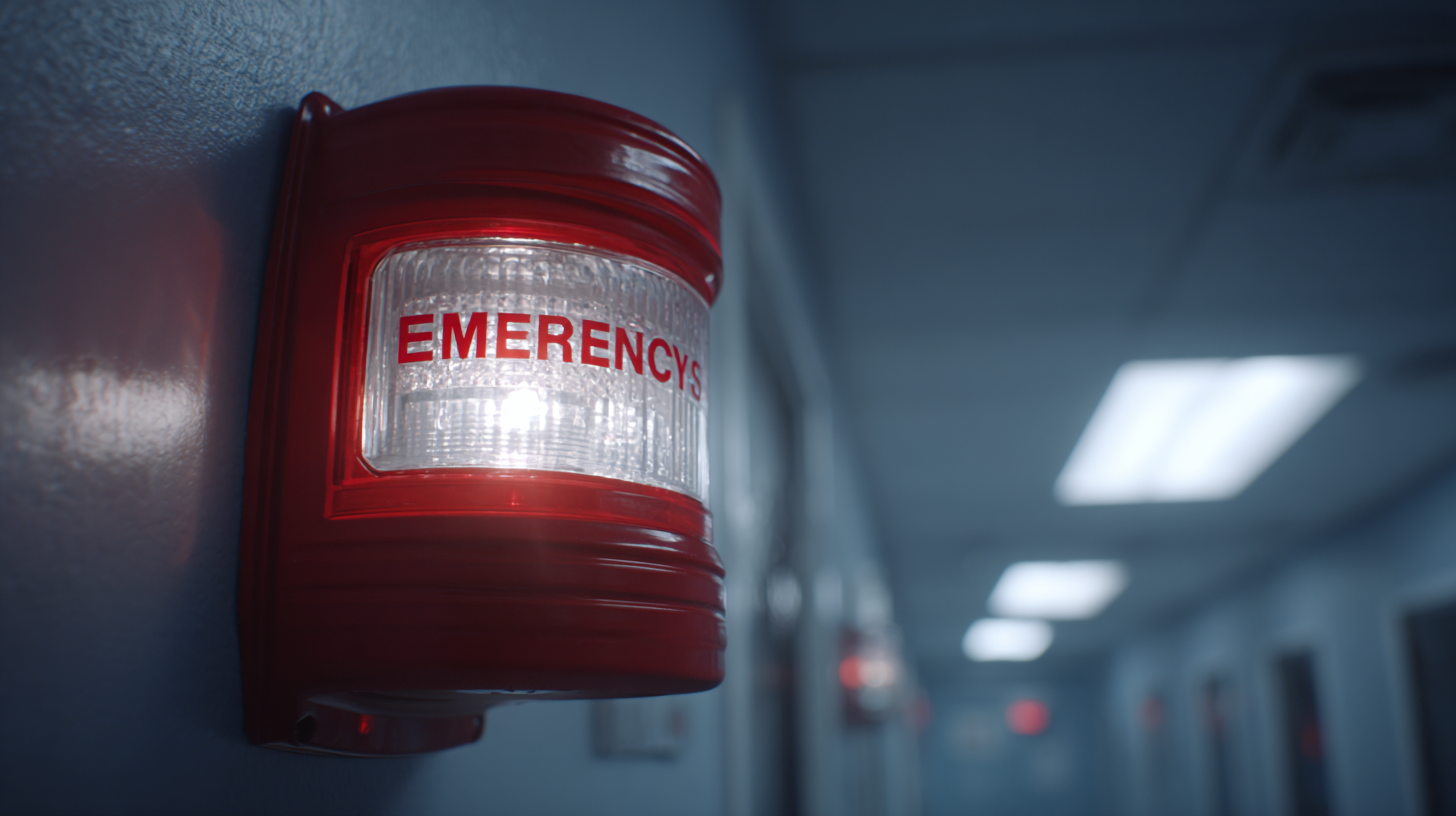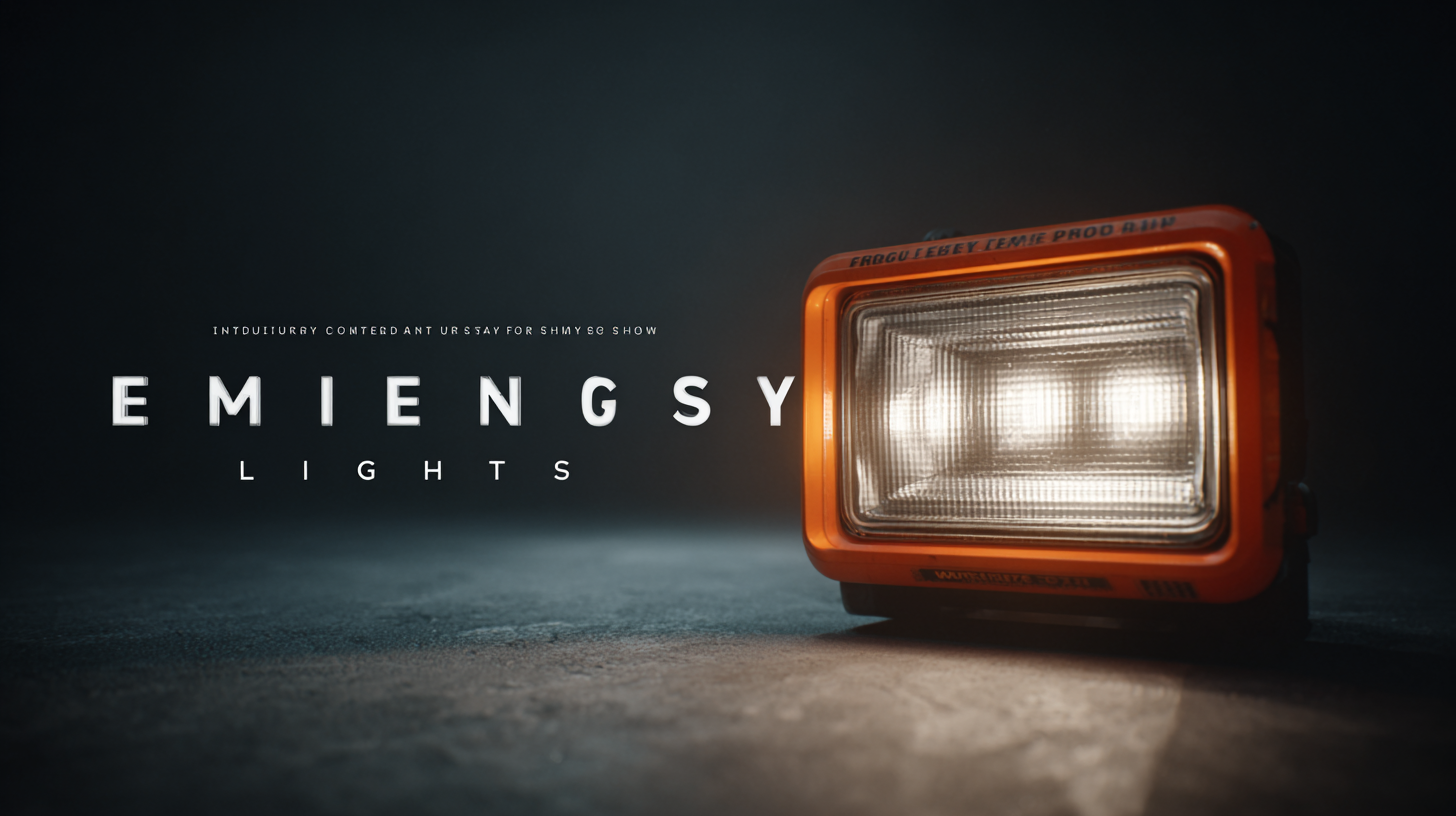Understanding Industry Standards for the Best Emergency Lights and How to Choose the Right One
In recent years, the demand for reliable emergency lights has surged, driven by increasing awareness of safety standards and preparedness in various industries. According to a report by Research And Markets, the global emergency lighting market is expected to grow at a CAGR of 5.5% by 2026, reflecting the critical need for effective lighting solutions during unforeseen circumstances.
Emergency lights play a vital role in ensuring the safety of occupants in commercial buildings, healthcare facilities, and public infrastructure, particularly during power failures or emergencies. Understanding industry standards for emergency lights is essential for making informed purchasing decisions, as improper lighting can lead to increased risks and liabilities. In this blog, we will explore key applications, provide industry case studies, and present reasons why selecting the right emergency lights is crucial for safeguarding lives and property.

Understanding the Importance of Emergency Lights Standards in Safety Compliance
In the realm of safety compliance, understanding emergency light standards is crucial for ensuring the protection of lives during critical situations. Emergency lights serve as a lifeline in scenarios where visibility is reduced, guiding individuals towards safety. Compliance with industry standards not only enhances the effectiveness of these devices but also ensures that they function reliably when needed most.
When choosing the right emergency light, first prioritize products that meet recognized safety standards such as UL924 or NFPA regulations. These standards guarantee that the lights are tested for performance and durability, providing peace of mind that they will perform effectively in case of an emergency.
Another important tip is to assess the illumination type. LED emergency lights are highly recommended for their energy efficiency and longevity. They not only consume less power but also offer brighter and more uniform light distribution, maximizing visibility in critical situations. Additionally, consider maintenance requirements; regular checks on the functionality of these lights are essential for immediate readiness during emergencies.
Understanding Emergency Lights Standards and Compliance
Key Industry Certifications and Tests for Emergency Lighting Products
When selecting emergency lighting products, understanding key industry certifications and tests is crucial to ensure compliance with safety and performance standards. One of the primary certifications to look for is Underwriters Laboratories (UL) certification, which signifies that the product has been rigorously tested for safety. UL 924, specifically designed for emergency lighting, evaluates the reliability of lights under power failure conditions, ensuring they will function when needed most.
Another critical certification is the National Fire Protection Association (NFPA) compliance, which provides guidelines for the installation and maintenance of emergency lighting systems. Products that meet NFPA standards ensure proper illumination levels are maintained during an emergency, facilitating safe evacuation routes. Additionally, testing standards like ANSI/IES RP-7 provide evaluation criteria for emergency lighting performance in terms of brightness and maintenance of illumination over time. Therefore, when choosing emergency lights, it is essential to consider these certifications and tests, as they provide assurance of quality and reliability in life-saving situations.
Comparative Analysis of Emergency Lighting Technologies: LED vs. Traditional Solutions
When it comes to emergency lighting, the choice between LED and traditional solutions is pivotal for ensuring safety and efficiency. Recent industry studies indicate that LED emergency lights can save up to 80% in energy costs compared to traditional incandescent bulbs. According to the U.S. Department of Energy, LED technology exhibits a longer lifespan, lasting up to 25 times longer than their fluorescent counterparts. This significant lifespan not only reduces replacement frequency but also minimizes maintenance costs in the long run, making it a financially sound option for many organizations.
Moreover, advancements in LED technology have led to improved brightness and visibility, crucial during emergencies. A report from the National Fire Protection Association highlights that well-lit emergency exits can reduce the risk of injuries during evacuations by nearly 30%. In contrast, traditional lighting solutions often struggle to provide consistent illumination under stressful conditions. With the ability to produce brighter light in smaller fixtures, LEDs enhance visibility while maintaining a compact design. This adaptability makes them ideal for various settings, from commercial buildings to outdoor public spaces, ensuring safety is prioritized without compromising on aesthetics or space.
Understanding Industry Standards for the Best Emergency Lights and How to Choose the Right One
| Feature | LED Emergency Lights | Traditional Emergency Lights |
|---|---|---|
| Lifespan | Up to 50,000 hours | 1,000 - 2,000 hours |
| Energy Efficiency | Very High (up to 90% energy saving) | Low (energy-intensive) |
| Brightness | High lumens per watt | Lower lumens output |
| Heat Emission | Minimal | Significant |
| Durability | Highly durable, shock resistant | Less durable, fragile |
| Cost | Higher initial cost, lower long-term | Lower initial cost, higher long-term |
Essential Features to Consider When Selecting Emergency Lights for Your Needs
When selecting emergency lights, it's crucial to consider several essential features that can greatly impact their effectiveness and reliability. First and foremost, brightness is key; you want lights that provide sufficient illumination to guide individuals safely during an emergency. Look for lights measured in lumens, as a higher lumen count usually indicates brighter output. Additionally, beam distance and angle play a role in ensuring visibility over significant areas, which can be critical in larger spaces.
Another important feature is battery life. In emergencies, you need lights that can last for long durations without needing frequent recharging or replacement. Opt for LED lights, as they tend to have longer battery life and require less energy, making them a more sustainable choice. Moreover, consider waterproof and impact-resistant designs, especially if you're in an area prone to natural disasters or harsh weather conditions. These durability features ensure that the lights remain operational under challenging circumstances, providing peace of mind when you need it most.

Evaluating the Lifespan and Efficiency of Emergency Lights: Key Industry Metrics
In the realm of emergency lighting, understanding the lifespan and efficiency of different light types is essential for making informed purchasing decisions. The market features various technologies, including fluorescent, LED, and incandescent options, each with its unique performance attributes.
 LEDs, for instance, have gained immense popularity due to their superior energy efficiency and longevity, significantly outlasting traditional bulbs. This makes them a preferred choice for businesses and residential applications alike, as they not only reduce energy costs but also minimize the frequency of replacements.
LEDs, for instance, have gained immense popularity due to their superior energy efficiency and longevity, significantly outlasting traditional bulbs. This makes them a preferred choice for businesses and residential applications alike, as they not only reduce energy costs but also minimize the frequency of replacements.
Evaluating key metrics such as lumens per watt and the rated lifespan of emergency lighting solutions can help businesses and consumers select the best products. The global emergency lighting market is projected to reach approximately $10.73 billion by 2030, indicating a robust growth trajectory driven by the demand for reliable and energy-efficient lighting solutions. As industries prioritize safety and sustainability, it's clear that investing in high-quality emergency lighting systems is more important than ever, providing peace of mind during critical situations and ensuring compliance with safety standards.

